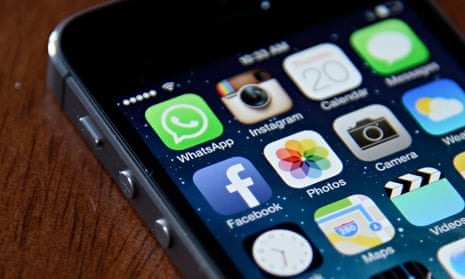Whether there’s too much of it or not enough, whether it’s too expensive or too dirty, water problems affect billions of people. Governments and water utilities spend vast sums every year on repairing pipes and installing new infrastructure, but water woes continue.
The water industry is increasingly looking to harness the power of mobile phone technology in an attempt to provide smarter solutions to persistent problems.
Service disruptions
India counts more than 940m mobile phone subscribers; yet only around one in four of its 1.2 billion people have access to clean drinking water in their own homes. Millions of people queue at public water pumps every day, often for hours due to damaged pipes or faulty faucets.
Pioneered in Bangalore and the brainchild of Anu Sridharan, NextDrop is a messaging service that informs people of planned delays or unexpected alterations to their service. Citizens can also text in updates about faults, which NextDrop forwards to the relevant water utility. The service has already been rolled out to over 75,000 mobile users.
IBM is pioneering a similar system. The Creek Watch app crowdsources information from citizens about the height and flow speed of their local watercourses, plus the amount of rubbish in evidence. These public updates feed real-time into a central database, which water control boards then use to track pollution and improve their general water resource management. Initially launched in San Jose, California, the app is now used in over 25 countries.
Safe drinking
Around 760,00 children under five years old die of diarrhoea every year – usually caused by the consumption of contaminated water or food – making it the second leading cause of death for the very young.
mWater aims to tackle the spread of diarrhoea and other water-related diseases by engaging citizens in water quality testing. The early-stage pilot is based in Mwanza, Tanzania’s second largest city, where a baseline study revealed faecal contamination in 90% of shallow dug wells and springs.
The app uses the onboard cameras on mobile phones, plus a $5 testing kit, to automatically detect colonies of coliform and E coli bacteria. The findings are instantly analysed and shared with local communities through an online map of safe water sources. Community health workers can also feed into the system, providing extra notes on the condition and status of water sources as well as details on the price and reliability of water. Last October, mWater received a $100,000 investment from USAID’s venture capital arm to enable it to send automated text messages to water users about safer drinking sources nearby.
Drought measures
As California struggles through its third consecutive year of severe drought, conscientious homeowners can now use their phones to cut their water use. Before, people would have to wait three months until the utility bill dropped through the letterbox to understand their water consumption. Now, a new app gives householders access to daily water usage information.
The Dropcountr app follows a recent plea from the state governor for Californians to reduce water consumption by one fifth. The app includes alerts that warn customers before they hit “peak water usage”, as well as information about leaks.
“This is the first mobile app to connect consumers with their water use, empowering them to save water and money”, says Robb Barnitt, chief executive of Dropcountr, adding that the app can be used on any water meter system and by any water utility around the world.
People can also use their phones to dob in the neighbours. The social media service VizSafe allows phone owners to send anonymous reports about water wastage.
Water warnings
Flood damage in the world’s largest 136 coast cities could hit $1tn (£640bn) a year by 2050. In the UK, smartphone users can access up-to-date information about flood risks in their specific area.
FloodAlerts, which won the Guardian’s Innovation Nation award in 2012, takes data from the Environment Agency and displays pin-point accurate shapes on a BING map. The app was developed by Shrewsbury-based software developer Shoothill, which recently launched a Twitter-based service that flags up water levels of individual rivers around the UK.
Both services are run in partnership with the Environment Agency, a strong supporter of citizen-based information sharing. Using the PlantTracker app, the Environmental Agency encourages community members to submit geo-located photos about non-native plant species in UK rivers. The problem, which costs the UK economy an estimated £2bn per year, can block drains, disable water pumps and disable trash screens that reduce the risk of flooding.
Read more pieces like this:
- The great salty mess: pollution threatens US fresh water resources
- Climate change may ‘bottleneck’ the Panama Canal and disrupt world trade
- Advertisement Feature: The water, energy and food nexus - animation
The water hub is funded by SABMiller. All content is editorially independent except for pieces labelled advertisement feature. Find out more here.
Join the community of sustainability professionals and experts. Become a GSB member to get more stories like this direct to your inbox

Comments (…)
Sign in or create your Guardian account to join the discussion